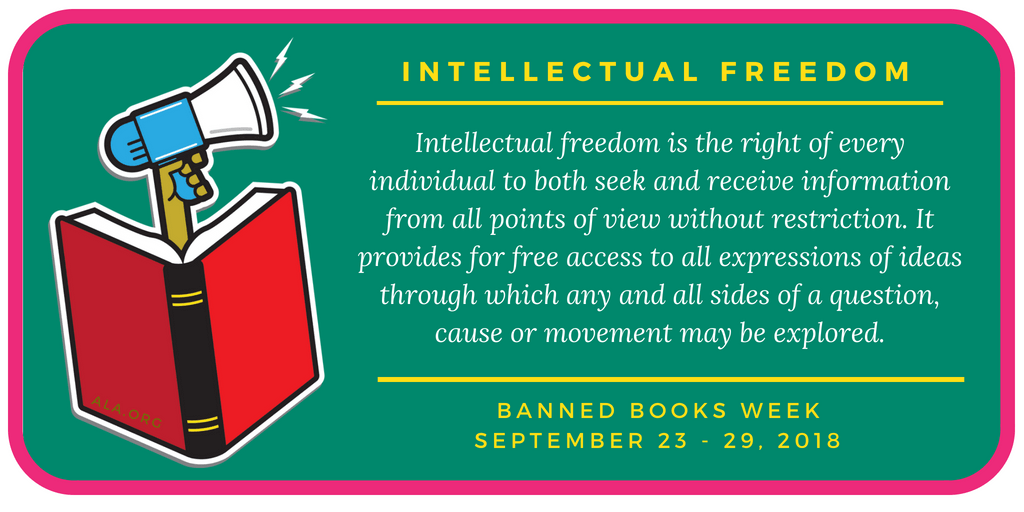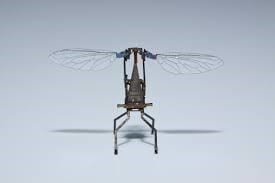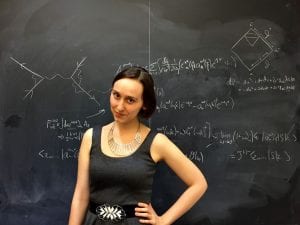Makerspaces have been taking on a new and important role in schools and community libraries throughout the country and now there is neuroscience that supports these efforts. So, what is the brain science of making and makerspaces?
#1: THE BRAIN THINKS YOUR HANDS ARE VERY IMPORTANT
The cortical homunculus is how your brain perceives your body, and it turns out it has a distorted view of itself. If you mapped body parts to the areas of your brain that control them, you’d find that the sensations and movements of your hand are controlled by a larger part of your brain than most other parts, such as your arms or legs. The brain has an outsized view of your hands with its fine motor capabilities. It’s not surprising then that anytime students can use their hands the experience becomes more engaging.
#2: PRACTICE & REPETITION CREATES A PHYSICAL CHANGE IN THE BRAIN
There are vast networks of neurons in our brains that number in the billions. They communicate through a mixture of chemical and electrical signals, and we add new connections to these networks when we learn something new. When a new connection is activated, it means that the neurons can trigger signals that become stronger and faster. It basically means that a new skill becomes easier to master the more you practice it. On the flip side, though, if you stop using these connections, the weaker they get and ultimately they can become eliminated entirely.
#3: UNSTRUCTURED PLAY AND TINKERING WORKS THE EXECUTIVE FUNCTION SKILLS
The prefrontal cortex is a part of the brain that is responsible for executive function. It’s the last part of the brain to finish developing and extends into the early 20s for most people. For young people, having time for unstructured play is important because it allows them the chance to practice making decisions, trying things out, making plans, and other forms of executive function. Therefore, time spent in a makerspace is an opportunity for self-directed exploration and tinkering.
#4: IT IS NEUROLOGICALLY IMPOSSIBLE TO LEARN DEEPLY ABOUT SOMETHING YOU DON’T CARE ABOUT
The hippocampus is the part of the brain that directs the formation of long-term memories. It’s part of a larger set of structures known as the limbic system, which is the emotional system. This connection is important because it ties together learning and memory formation as emotional events. So, making is important because it’s fun, and because of this, learning is inevitable.
#5: HIGH LEVELS OF STRESS AND FEAR STAND IN THE WAY OF LEARNING
These images are of your amygdala, which is the part of the brain that deals with fear and intense negative emotions. Although low to moderate levels of activity can enhance your focus and attention and help you perform better, high levels will do the opposite. High levels of activity in the amygdala will reroute the connections in your brain, making you lose executive function and go straight into reactive mode, literally acting without thinking. These high levels will also impede your making any new memory connections in your brain associated with learning.
One of the key moments in the makerspace experience is coming up against failure and not falling back on a strong threat response. It’s realizing that experimentation and mistakes are just part of the process. Students can learn to anticipate and tolerate failures and then learn from them as they move forward in their quest to reach their goals. A makerspace – with its natural environment of design, test, feedback, and revision – encourages students to develop a growth mindset, whereby failures are just learning experiences on the road to success.








 Resources
Resources